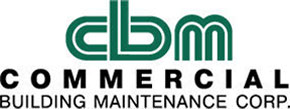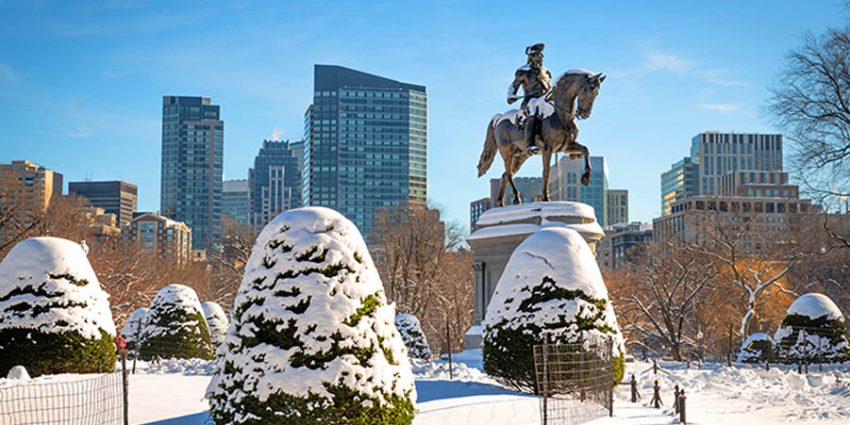Winter storms don’t knock. They barrel in with icy winds, heavy snow, and bone-chilling temperatures, testing the resilience of every structure in their path. If your building isn’t ready, the damage can be severe—burst pipes, power outages, roof collapses, and skyrocketing heating costs.
Preparation isn’t just about reacting when the first snowflake falls. It’s about fortifying your building long before winter tightens its grip.
Inspect, Repair, and Reinforce
A building’s weakest points are the first to give way under winter’s weight. A little proactive maintenance now can prevent costly disasters later.
- Roof:
Heavy snow can stress even the strongest roof. Inspect for weak spots, repair loose shingles, and clear out gutters to prevent ice dams.
- Windows and Doors:
Cold air loves gaps. Weatherproofing with caulk, insulation, and storm windows keeps the heat in and the bills down.
- Pipes:
Frozen pipes don’t just stop water flow—they burst. Insulate exposed pipes, especially in basements, attics, and exterior walls.
Keep Critical Systems Running
When winter storms hit, power outages and system failures can bring a building to a standstill. The best way to stay operational? Have a plan in place before the first freeze.
- Backup generators should be tested and fueled, ready to kick in when the grid fails.
- Heating systems need routine inspections to prevent breakdowns when you need them most.
- Snow removal contracts should be secured early—because the worst time to find a plow service is when the roads are already buried.
Plan for Emergencies Before They Happen
Winter doesn’t just threaten buildings—it endangers the people inside them. Being prepared means thinking beyond the structure itself.
Emergency kits stocked with blankets, flashlights, batteries, and non-perishable food should be easily accessible. Exit routes must remain clear in case of fire, carbon monoxide leaks, or sudden evacuations. Communication plans should be in place so tenants, employees, or residents know what to do if conditions worsen.
Conclusion
Ignoring winter preparation isn’t just risky—it’s expensive. A burst pipe, a collapsed roof, or an HVAC failure can set you back thousands, not to mention the disruption to daily operations.
The cold is relentless, but with the right preparation, your building will stand strong against whatever winter throws its way.

